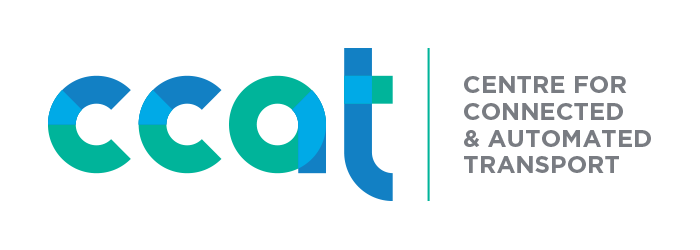
Join us in welcoming Sal Petroccitto OAM, Chief Executive Officer of the National Heavy Vehicle Regulator (NHVR), to the CCAT Board. With a vision for a progressive and people-centric regulator, Sal has spearheaded innovative safety initiatives and national standards to improve heavy vehicle operations in Australia. His extensive expertise in harmonised heavy vehicle policy brings a unique perspective to our board. Get to know Sal a bit better as he shares his insights and thoughts on the future of transport in our interview!
- What got you started in the transport industry?
I have worked in transport regulation for the majority of my career, particularly focused on the freight and logistics sector as well as planning and policy. This industry is what keeps our country connected – keeps our supermarkets stocked, keeps equipment moving for major infrastructure projects and ensures we can access essential health supplies. My passion for the industry has only grown over the many years spent dedicated to ensuring heavy vehicles are safer and more productive.
- What excites you most about the future of connected and automated transport?
The future of transport is so exciting – whether it’s zero-emission vehicles, autonomous transport or the new vehicle combinations we have seen from the NHVR’s Performance Based Standards (PBS) scheme – there is so much opportunity to be innovative in this space. The improvement in data and technology right across the industry is also exciting. It means we can make more informed and strategic decisions about transport – and I am excited for the industry to continue to leverage this into the future.
- In your opinion, what are the primary issues Australia and New Zealand must address in their preparations for connected and automated transport in the coming years?
Ensure we bring the community along with us and build trust and confidence in the emerging technology that we will see in the coming years.
- What major trends and applications do you foresee in the near future for connected and automated transport?
Automation is not a jump that will happen overnight. Engineering and testing of automation will take decades before manufacturers and the industry are comfortable to deploy the technology. While maturity will not come in one leap, we are already seeing the foundations of automated technologies in vehicles today. These include basic active safety systems such as adaptive cruise control that can slow and accelerate a vehicle, and lane-keep assist that can apply steering control to keep a vehicle in a lane. These simple examples are an initial application of dynamic vehicle control, allowing this technology to be tried, tested and matured.
- What accomplishment in your career are you most proud of within the future transport space?
There are many projects throughout my career that I am proud of, but the culmination of this was receiving an Order of Australia Medal last year. It was amazing to be recognised for my contribution to the transport industry.
Transitioning the NHVR to a truly national regulator has definitely been a career highlight. Since this journey began 10 years ago we have transitioned four states and one territory with Queensland to come onboard as the fifth state later this year. Bringing consistency and national standards across the heavy vehicle sector has been long overdue and I am proud of the work we have done to enhance safety and productivity across the industry.

